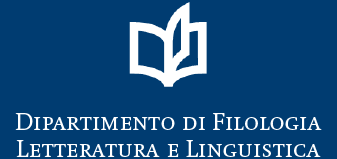English orthographic forms affect Italian native speakers’ perception of English consonants
In a series of studies, Bassetti and colleagues found that Italian learners of English and Italian-English sequential bilinguals produce and categorise English consonants as singletons or geminates (i.e., short or long consonants), making a phonological contrast that is not attested in the English language (Bassetti, 2017; Bassetti et al., 2018, 2020; Cerni et al, 2019; Mairano et al., 2018). This is because double consonant letters represent geminates in Italian, and Italians apply this native grapheme-phoneme correspondence when decoding the orthographic forms of English words. This paper will present the results of a perception study (Bassetti et al., under review), which revealed that Italians perceive a singleton or geminate consonant in English homophones spelled with single letter or double letters. Implications for theories of L2 phonological development will be discussed.

